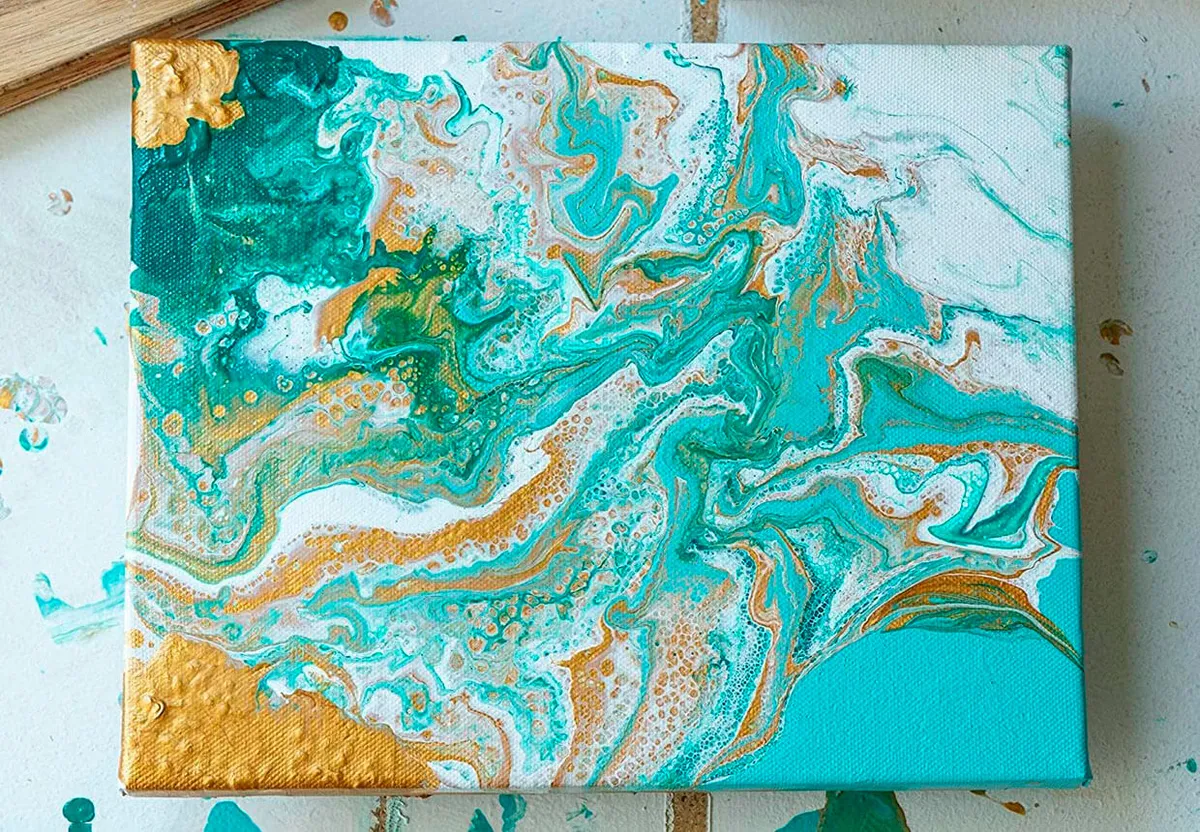Paint contains pigments, solvents and resins that can cause a variety of health problems. Even short-term exposure to these chemicals can lead to breathing issues, eye irritation and a variety of other symptoms.
Most interior paint, stain and stripper fumes are extremely flammable. They are also harmful to inhale and can cause dizziness, headaches and nausea.
Ventilation
When painting, it is critical to ensure that the room is well ventilated. This is because paints contain volatile organic compounds (VOCs), which can irritate the nose, throat and eyes.
VOCs can also be inhaled into the lungs, and this can cause headaches, dizziness and nausea. This is particularly true for solvent based paints.
Even after the paint dries, these VOCs can still be present in the air, so it is important to keep the area well ventilated.
A good way to improve ventilation is by using a box fan. Place one on a window sill in the room that you are painting, and it will draw fresh air out of the other windows and distribute it evenly throughout the room.
Alternatively, you could install an air purifier that will remove harmful VOCs from the air. This is a great option if you are concerned about your health and want to keep yourself safe while painting.
Personal Protective Equipment
When working with paints or paint thinners, it is important to use personal protective equipment (PPE). Using PPE will protect you from health and safety hazards.
A good mask should fit snugly on your face and have no gaps where you could breathe in harmful volatile organic compounds (VOCs) from the paint or thinner. This is especially important if you are spraying.
It is also important to check that you have a quality air-fed breathing apparatus. Make sure it is properly fitted to your face and that it will last until you are finished with your work.
Painters must always wear appropriate safety goggles, face shields, thick coveralls and chemical resistant gloves to keep themselves safe from the hazards of paint. This will help prevent injuries and short-term illness from exposure to paint chemicals.
Keeping the Area Clean
Keeping the area clean and tidy is a top priority for any painter. It’s not just about making the room dust free and minimizing a potential painter’s tan, but also about maximizing productivity. One of the most important steps in achieving this is a good scrub down on an ongoing basis. Whether it’s a standard wipedown of the walls and baseboards or a sanitized vacuuming and mopping job, it’s important to keep the work space fresh and germ free. The best way to accomplish this is by using a commercial cleaning service on a regular basis. The best option is to hire a firm that has experience in the industry as well as a solid track record of customer satisfaction and loyalty.
Read the Labels
Depending on your local rules and regulations, there are various mandatory and optional safety, health and environmental impact information that can be found on paint product labels. These can be a great help in empowering the consumer as well as the professional to make more informed and responsible choices when it comes to quality, properties, sustainability, impact on the environment and health risks.
Mandatory labels are mainly designed to inform consumers of the chemical profile of a particular product as well as to communicate the hazards associated with it. These may include: corrosive; toxic; acute toxicity; serious health hazard; hazardous to the environment (Table 1); reactivity and fire flammability.
In addition, non-mandatory information can be found on a paint label indicating more specific information that is awarded to a particular product if it meets the standards of a voluntary certification program as is the case with labels indicating healthier, sustainable and more environmentally friendly products.





